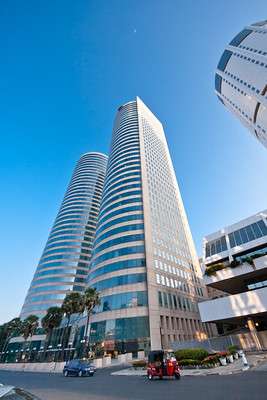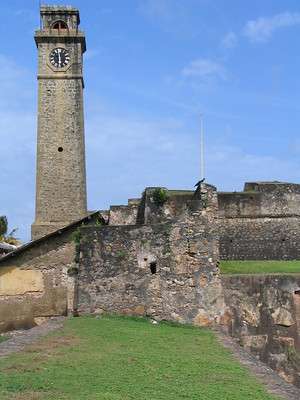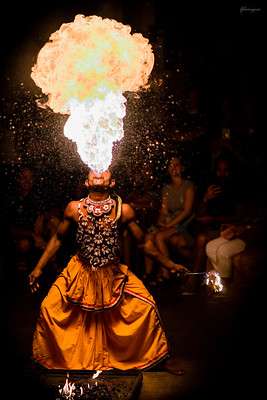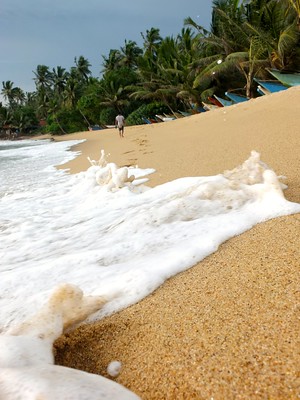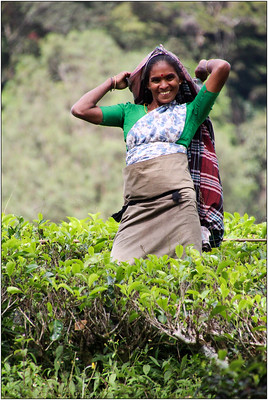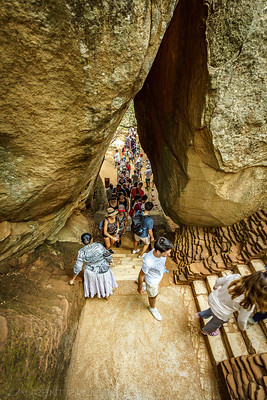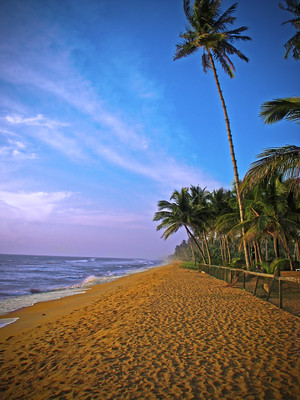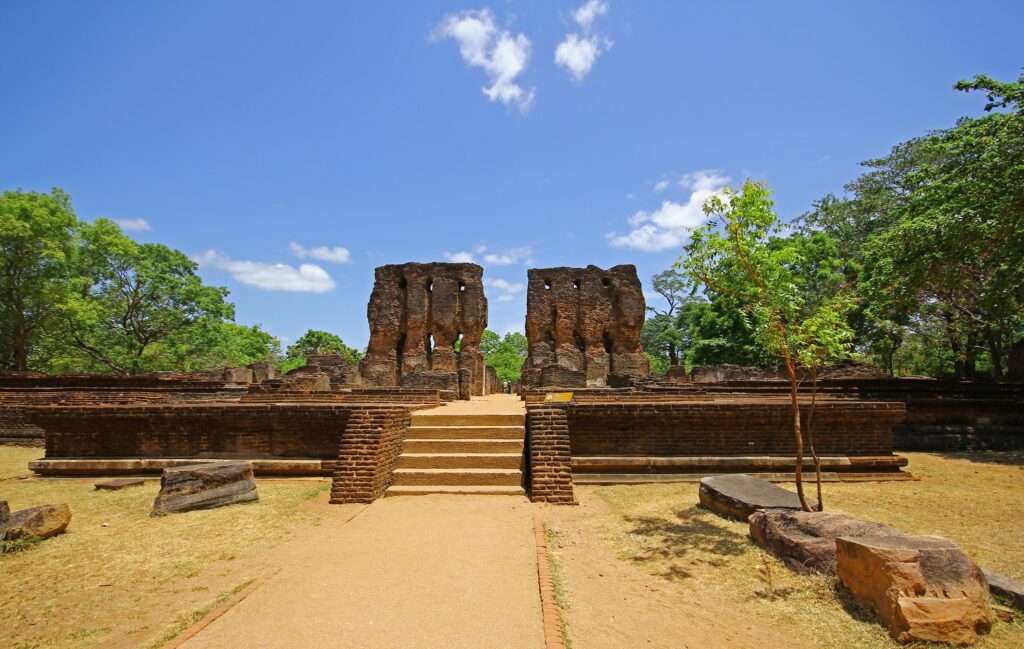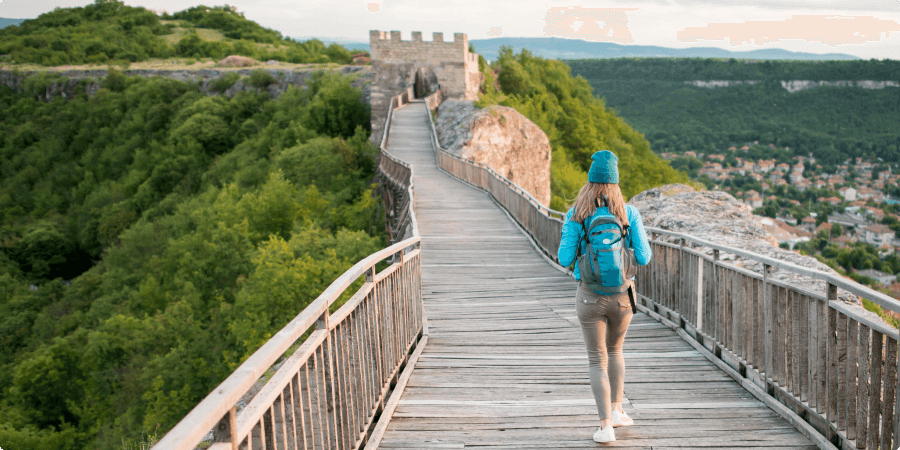POLONNARUWA - SRI LANKA
Polonnaruwa is a historic city located in the North Central Province of Sri Lanka. It served as the second capital of the ancient Kingdom of Polonnaruwa from the 11th to the 13th century AD. Today, it stands as a testament to the grandeur and architectural brilliance of the bygone era.
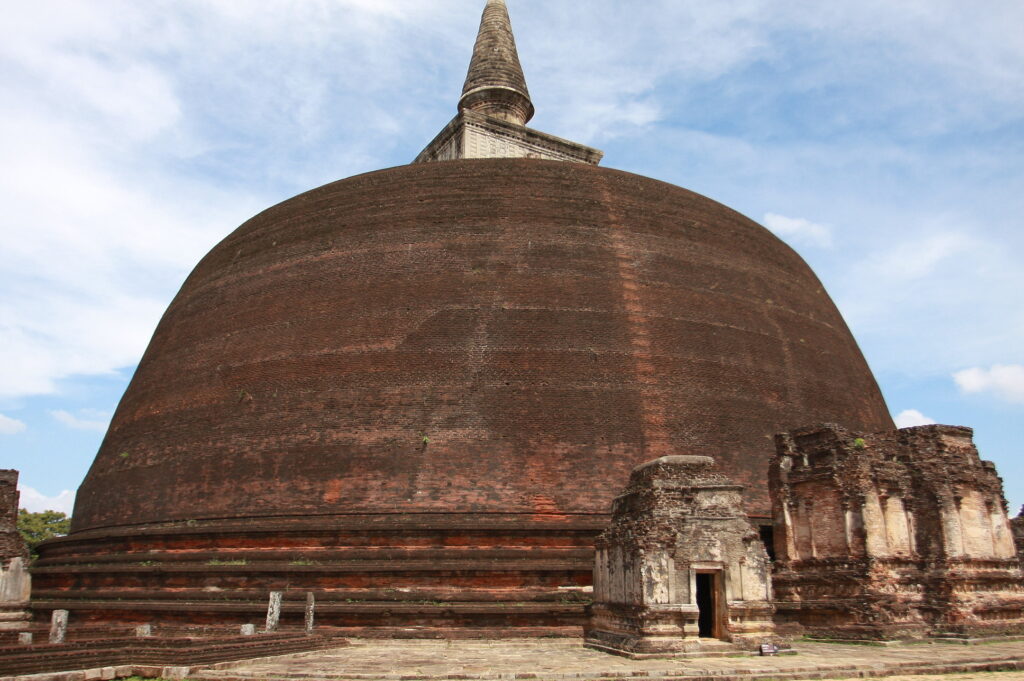
The city of Polonnaruwa is renowned for its well-preserved ruins, which provide a glimpse into the glorious past of Sri Lanka. The ancient city is a UNESCO World Heritage Site and attracts numerous visitors from around the world who come to marvel at its rich historical and cultural significance
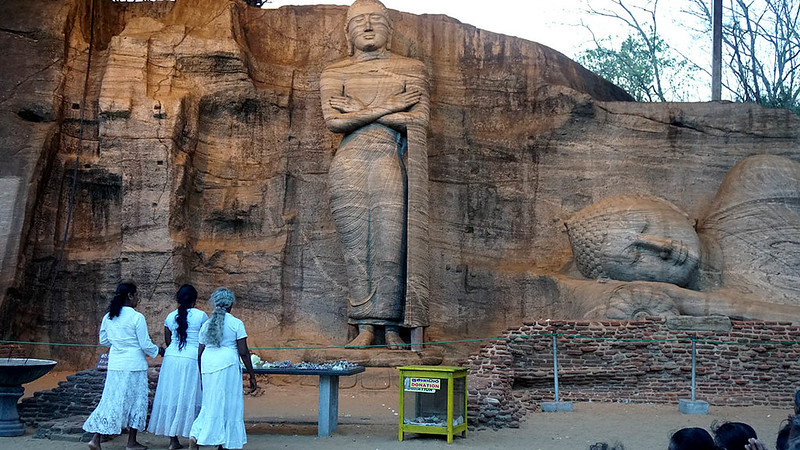
One of the most prominent attractions in Polonnaruwa is the Royal Palace complex. This grand structure showcases the architectural prowess of the ancient Sinhalese civilization. Although in ruins now, the remnants of the palace still exude an aura of regality. The intricate carvings and the layout of the complex give visitors a glimpse into the opulent lifestyle of the ancient royals
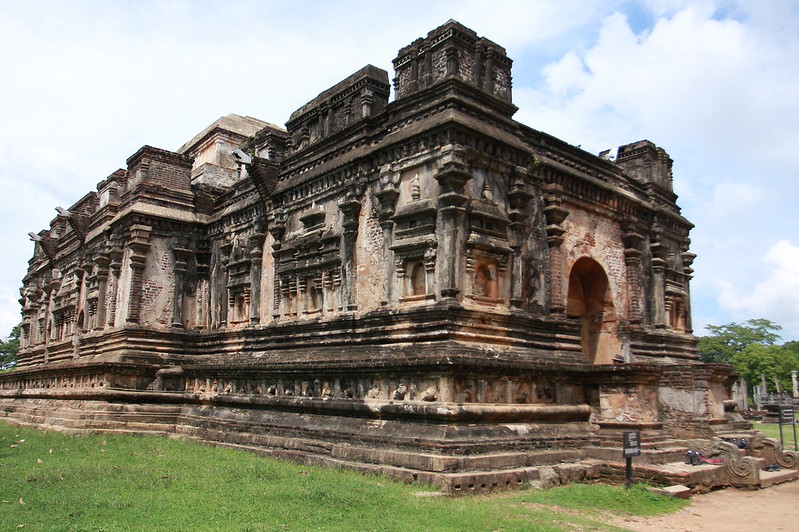
One of the most prominent attractions in Polonnaruwa is the Royal Palace complex. This grand structure showcases the architectural prowess of the ancient Sinhalese civilization. Although in ruins now, the remnants of the palace still exude an aura of regality. The intricate carvings and the layout of the complex give visitors a glimpse into the opulent lifestyle of the ancient royals.
Polonnaruwa is also home to several stunning ancient temples. The most famous among them is the Rankoth Vehera, a towering stupa that stands as a symbol of religious devotion and architectural splendor. The stupa is believed to enshrine sacred relics and is an important pilgrimage site for Buddhists.

One of the architectural marvels in Polonnaruwa is the Lankatilaka Temple. This temple features a massive brick structure with intricate carvings adorning its walls. The interior of the temple houses a colossal statue of the Buddha, offering visitors a serene and peaceful ambiance.
A visit to Polonnaruwa would be incomplete without exploring the Quadrangle, an enclosed area that houses some of the most significant archaeological treasures of the ancient city. The Quadrangle showcases numerous temples, shrines, and other structures, including the impressive Vatadage, a circular relic house with elaborate stone carvings.

As you wander through the ancient streets of Polonnaruwa, you will come across the awe-inspiring ruins of the ancient city’s irrigation system. The Parakrama Samudra, a massive man-made reservoir, stands as a testament to the advanced engineering skills of the ancient Sri Lankans. This reservoir not only provided water for agricultural purposes but also served as a defensive moat for the city.
Polonnaruwa is not just a city of ancient ruins; it also boasts a vibrant and diverse wildlife. The Minneriya National Park, located in close proximity to Polonnaruwa, is a haven for wildlife enthusiasts. The park is famous for its large population of wild elephants, which can often be spotted during the famous “Elephant Gathering” that takes place annually. The park is also home to a variety of bird species, mammals, and reptiles, making it a paradise for nature lovers.

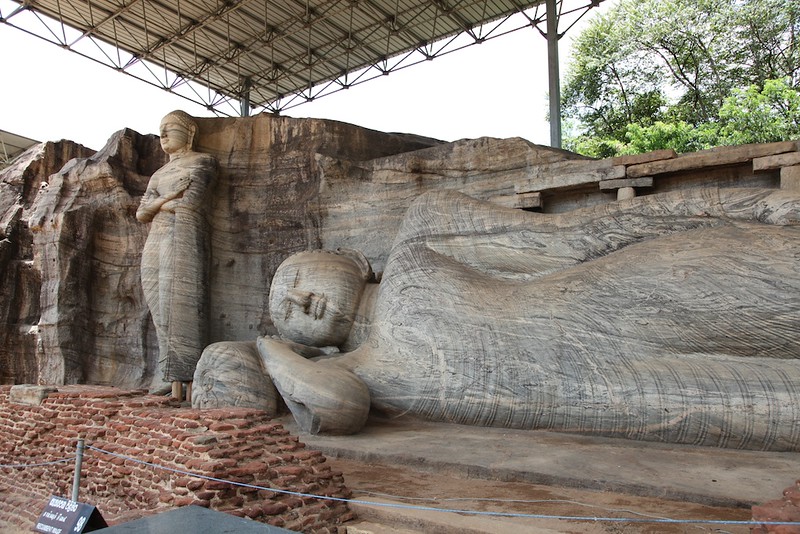
To delve deeper into the history and culture of Polonnaruwa, a visit to the Polonnaruwa Archaeological Museum is highly recommended. The museum houses a collection of artifacts, sculptures, and relics that offer insight into the ancient civilization that once thrived in the region. It provides visitors with a comprehensive understanding of the historical significance of Polonnaruwa and its importance in shaping the cultural heritage of Sri Lanka.


